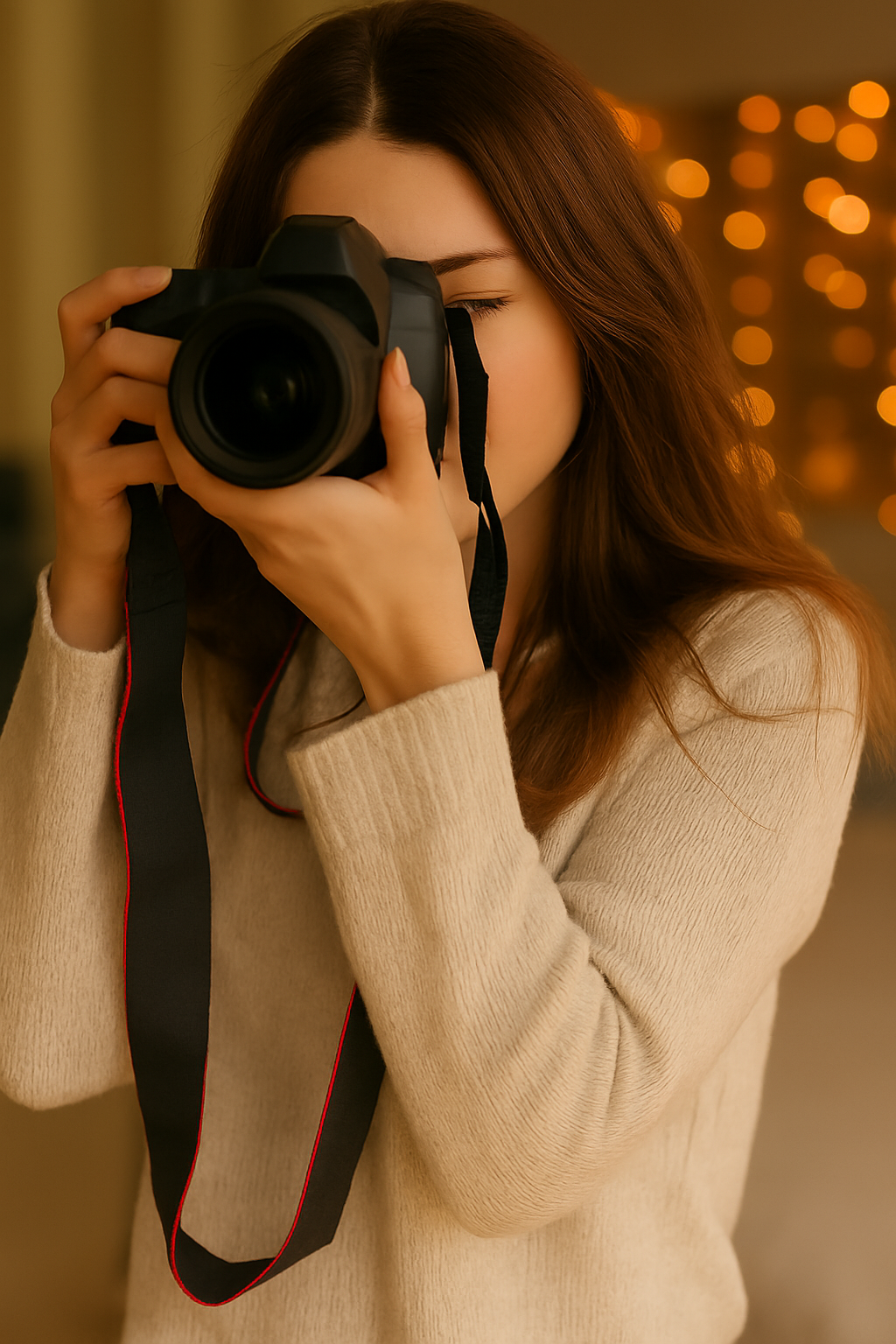“Our lives at times seem a study in contrast… Everything seen in absolutes of black & white. Too often we are not aware that it is the shades of grey that add depth & meaning to the starkness of those extremes.” - Ansel Adams
Some of the greatest photographers in history have remained loyal to black & white while some only flirt with monochromatic themes. In a technicolour world, what is it about black & white photography that makes it so appealing?
Some photographers are drawn to the stark, sharp focus that colour often detracts from, while others find that truth and life emanate from those timeless shades of grey.

Image source: Pexels.
How to take great black & white photographs
1. Choose the right camera for the job
A good place to start is with DSLRs such as Nikon, Sony and Canon.
2. Let there be light
Good lighting is the quintessence of photography and black & white is no exception. The intensity of natural light can be difficult to control but changing the angle of a shot and knowing your equipment can help.
Get acquainted with your camera and familiarise yourself with your ISO and aperture settings; it is generally advisable to keep them as low as possible. Keep an eye on your histogram to track the light distribution of your images.
3. Subject is of utmost importance
When shooting in black & white, it is best to choose a subject with contrasting shades.
Have a look for example, at shifting sand dunes. The natural light and shade created by the rise and fall of the dunes coupled with the texture of the sand is highlighted beautifully in a black & white image. Seek out contrast to create dramatic compositions.
4. Mind the Cs
Composition and Contrast are your best friends when it comes to black & white photography. The next time you find yourself drawn to a scene, ask yourself how the two C’s can be applied to this image.
What angle will best bring out contrasting light and shadows? Are certain objects better placed in the foreground or the background to create a dramatic composition?
5. Give it time and learn from experience
Be patient. These things take time and the more experience you gain, the more humility you will earn. Read up on your favourite photographers and learn from their techniques and resilience.
6. Editing black and white photographs
Sometimes black & white photographs can appear flat but there are many editing tools that can correct and enhance your images.
Play around with sliders and tones until you achieve the effect you were aiming for. If you follow the aforementioned steps, you can help reduce the amount of editing the images will need.
- Use the saturation slider and check the results. In most cases, this works well.
- If you're not happy with the results, you can then use the black & white slider option. Tools like Lightroom allow you to access the original colour of the photograph where you can make adjustments.
- Allow your principle subject to stand out by enhancing the contrast. You can also adjust colour sliders to improve the effect.
7. Attend workshops
Exchanging ideas with fellow photographers is invaluable when learning and refining your art. Enrol in masterclasses and groups and immerse yourself in the world of photography. You never know what gems of wisdom you could pick up along the way.

Image: Shutterstock.
Interesting facts about black and white photography
- Black & white photography was the only option until the 1930s when colour was first introduced.
- Due to the high cost of colour ink, it was the 1990’s before colour photography became popular.
- All modern camera sensors capture images first in black & white before converting them to colour using red, blue and green.
- Black and white photography is also called monochrome photography because every shade is just another tint of grey.
- Contrast is sharper in black & white photography.
- Shadows, textures, shapes, and patterns are important in this mode of photography.
- Colour can distract the viewer from the subject whereas black & white maintains focus on the essence of the subject.
- Exclusively black & white cameras are still in use today.
- Converting black & white photographs to colour is easier than ever thanks to digital software.
Continue reading about photography and industry-related topics.
If you're looking to take your photography skills to the next level or pursue a new career in this field, we have the right course to help you reach your goals!

